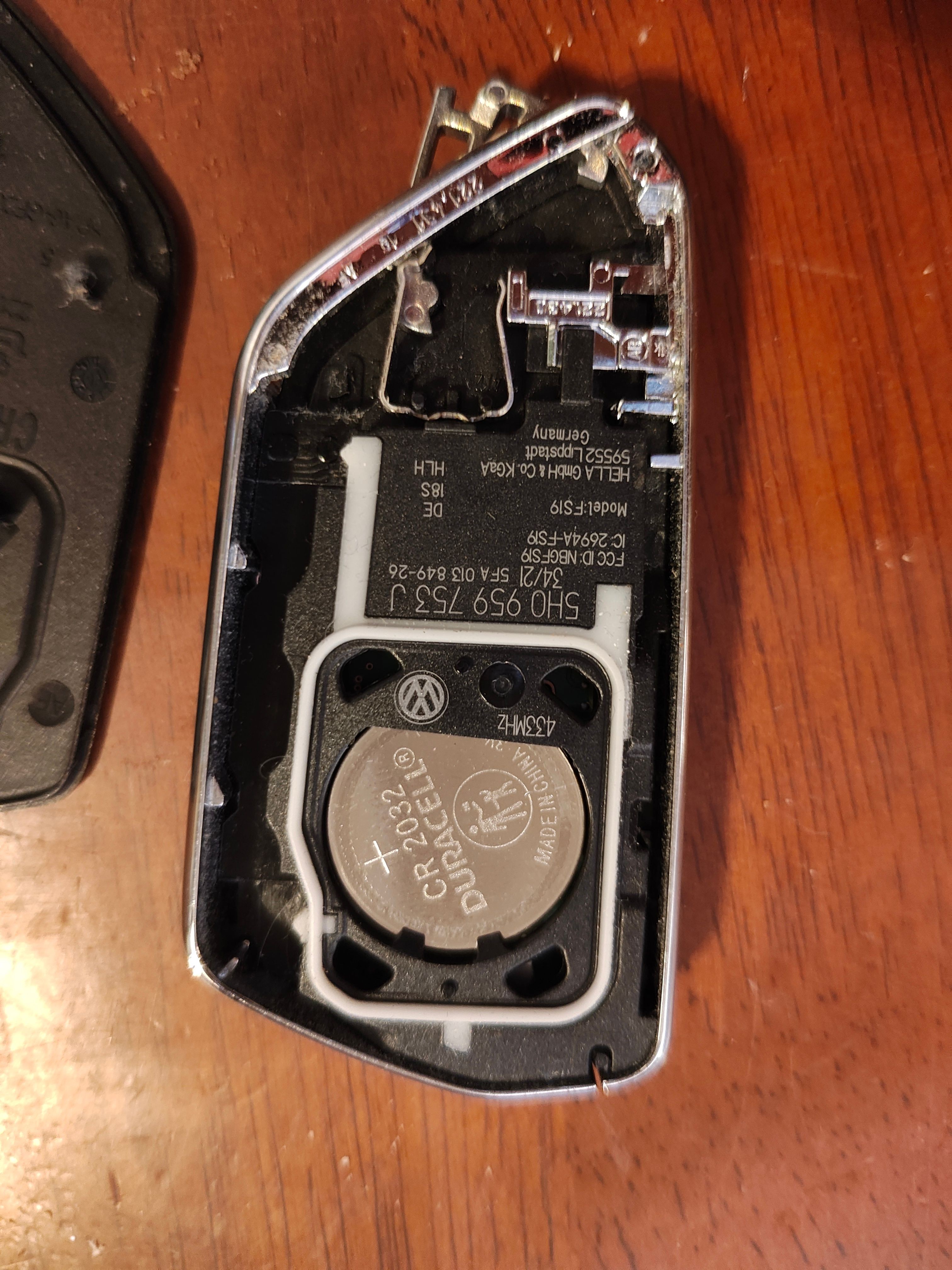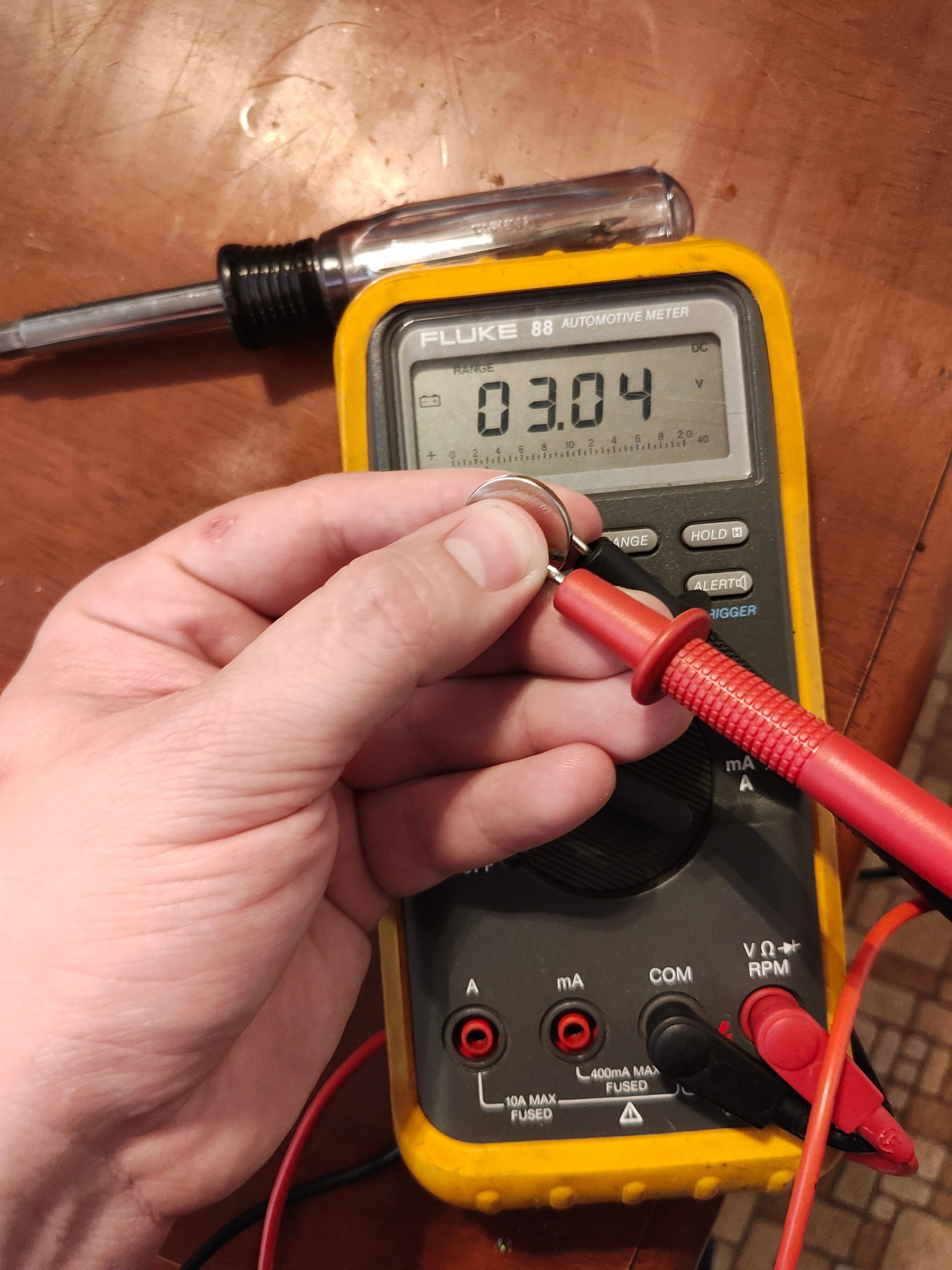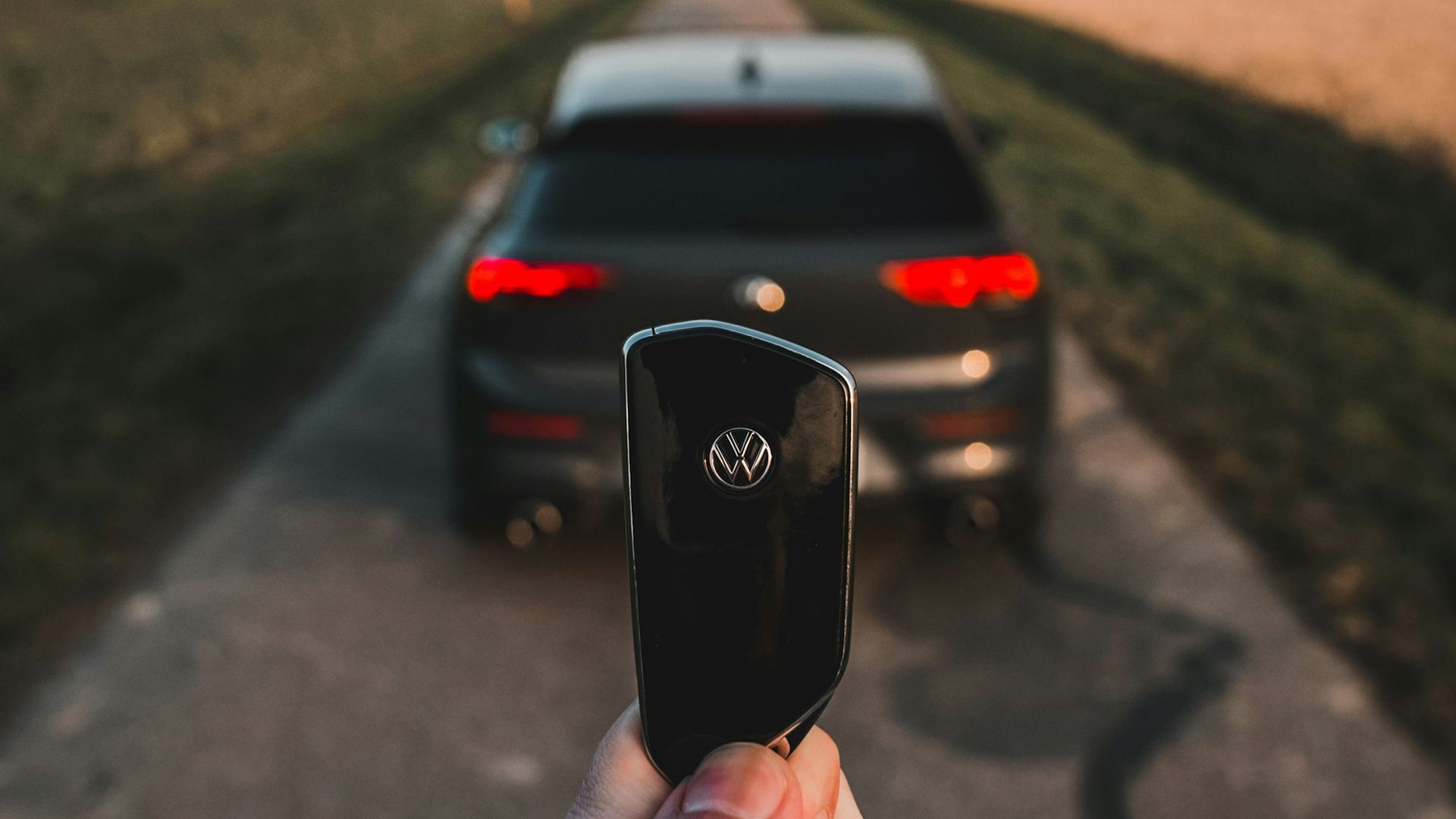Key fobs have become indispensable for modern car owners, offering convenient access and security features. These handy devices use a small battery to send signals to your vehicle, controlling everything from door locks to ignition. A common question that arises when your key fob starts acting up is: do you have to reprogram your key fob after changing the battery? Let’s delve into this and explore everything you need to know about key fob batteries and reprogramming.
Why Battery Replacement Can Affect Your Key Fob
Unlike many electronic devices, key fobs generally don’t have capacitors to store energy when the battery is removed. Capacitors act like tiny rechargeable batteries, maintaining temporary power to preserve memory in devices like computers and radios. Without capacitors, some key fobs can lose their programming or “memory” when their battery is changed. This is why, in some cases, replacing your key fob battery might lead to it not working immediately afterwards, potentially requiring a reprogramming process.
Recognizing the Signs of a Dying Key Fob Battery
Before you even consider reprogramming, it’s crucial to identify if a weak battery is indeed the culprit. Here are common symptoms indicating your key fob battery might be nearing the end of its life:
- Inconsistent Door Lock Operation: You might find that sometimes your key fob works perfectly, and other times it struggles or doesn’t respond at all when trying to lock or unlock your doors.
- Reduced Operating Range: You need to be much closer to your car than usual for the key fob to function. The signal strength weakens with a low battery.
- Trunk Release Issues: The button to open your trunk or tailgate remotely becomes unresponsive.
- Remote Start Failure: If your vehicle has remote start, this feature may stop working.
- Panic Button Inactivity: The red panic button on your fob might not trigger the alarm when pressed.
Testing Your Key Fob Battery with a Multimeter
If you’re experiencing any of these symptoms, testing your key fob battery is a straightforward process. You’ll need a multimeter, a tool used to measure voltage. Key fob batteries, such as the common CR2032 and CR1616 types, should ideally read around 3V (Volts). If your multimeter shows a reading below 2.7V, it’s likely time for a battery replacement.
To test your battery:
- Open your key fob (instructions below).
- Carefully remove the battery.
- Set your multimeter to measure DC voltage.
- Place the red probe of the multimeter on the positive (+) side of the battery and the black probe on the negative (-) side.
- Read the voltage displayed on the multimeter.
Step-by-Step Guide to Replacing Your Key Fob Battery
Replacing a key fob battery is generally a simple DIY task. Here’s a step-by-step guide:
- Locate the Access Slot: Examine your key fob for a small slot or indentation. This is usually where you can begin to pry the fob open.
- Open the Fob Casing: Use a small flat-head screwdriver, a car key, your fingernail, or a plastic prying tool to gently separate the two halves of the key fob casing. Insert your tool into the slot and carefully twist or pry to split the case.
- Observe Battery Orientation: Before removing the old battery, take note of how it is positioned in the fob. Pay attention to the positive (+) and negative (-) markings. Some fobs have indicators, while others don’t.
- Remove the Old Battery: Carefully pry the old battery out of its holder. You might be able to use your fingernail or the same tool you used to open the case.
- Install the New Battery: Insert the new battery, ensuring it’s the correct type (check the old battery for the type number, like CR2032) and that it’s oriented correctly (positive side up if that was the original orientation).
- Reassemble the Fob: Align the two halves of the key fob casing and press them firmly back together until you hear a click, indicating they are securely closed.
- Test the Key Fob: Press the buttons on your key fob to see if it now operates your car’s locks and other functions. Many fobs have a small LED light that should illuminate when a button is pressed, confirming it’s transmitting.
In some key fobs, particularly those from Honda and a few other manufacturers, you might find small screws holding the case together. You will need a small Phillips head screwdriver to remove these screws before you can open the fob.
When is Key Fob Reprogramming Necessary After Battery Change?
While many key fobs will work immediately after a battery replacement without any further action, some vehicles, particularly Honda models, may require reprogramming. If you’ve replaced the battery and your key fob is still not working, reprogramming might be needed.
Why Hondas? Honda keyless entry systems are known to be more susceptible to requiring reprogramming after battery changes compared to some other brands. However, this isn’t exclusive to Honda, and other makes and models can also occasionally need reprogramming.
General Rule of Thumb: If your key fob functions normally after a battery change, you don’t need to reprogram it. Reprogramming is only necessary if the fob fails to operate after a successful battery replacement.
How to Reprogram a Honda Key Fob: A Common Example
Reprogramming procedures vary significantly between car manufacturers and models. For Honda vehicles, a common reprogramming method involves a series of ignition key turns and button presses. Here’s how to reprogram a Honda key fob (for models like Civic or Accord, but always consult your owner’s manual for your specific vehicle):
- Turn Ignition to ‘ON’: Insert your key into the ignition and turn it to the “ON” position (the position just before starting the engine).
- Press and Hold ‘Lock’: Press and hold the “Lock” button on your key fob for 1-2 seconds.
- Turn Ignition to ‘OFF’: Turn the ignition key to the “OFF” position and wait 1-2 seconds.
- Repeat Cycles: Repeat steps 1-3 three more times (for a total of four cycles of ON/Lock, OFF).
- Confirmation: On the fourth “ON” cycle, after pressing and holding the “Lock” button, the doors should automatically lock. This indicates successful programming.
- Test Operation: Press the “Lock” and “Unlock” buttons to confirm the key fob is now working correctly with your car’s door locks.
For newer Honda vehicles (2003 onwards), which often have integrated key/fob designs, you can program multiple fobs during this process. After the doors lock on the fourth cycle, you can proceed to program additional key fobs by repeating steps 2 and 3 for each additional fob before turning the ignition off completely.
Common Key Fob Battery Types by Car Brand
Different car manufacturers use various types of batteries in their key fobs. Here’s a table outlining some common battery types used by major automakers:
| Make | Battery Type |
|---|---|
| Acura | CR3023, CR1616, CR2025 |
| BMW | VL2020 (Soldered), CR2450, CR2023 |
| Chevrolet | CR2032 |
| Dodge | CR2450, CR2032, CR2016 (2 pieces) |
| Ford | CR2032, CR2450, CR2025 |
| GMC | CR2032 |
| Honda | CR2032, CR1620, CR1616 |
| Hyundai | CR2032 |
| Jeep | CR2450, CR2032, CR2016 (2 pieces) |
| Kia | CR2032, 23A, LR23 |
| Mercedes-Benz | CR2025 |
| Nissan | CR2025, CR2032 |
| Toyota | CR2015, CR2025, CR2032 |



In Conclusion
While changing your key fob battery is usually a straightforward process, understanding whether you might need to reprogram it afterwards is essential. Most of the time, a simple battery replacement is all that’s needed to restore your key fob to full functionality. However, being aware of the symptoms of a dead battery, knowing how to test and replace it, and understanding when and how reprogramming might be necessary will save you time and potential frustration. Always consult your vehicle’s owner’s manual for the most accurate and model-specific information regarding key fob battery replacement and reprogramming procedures.